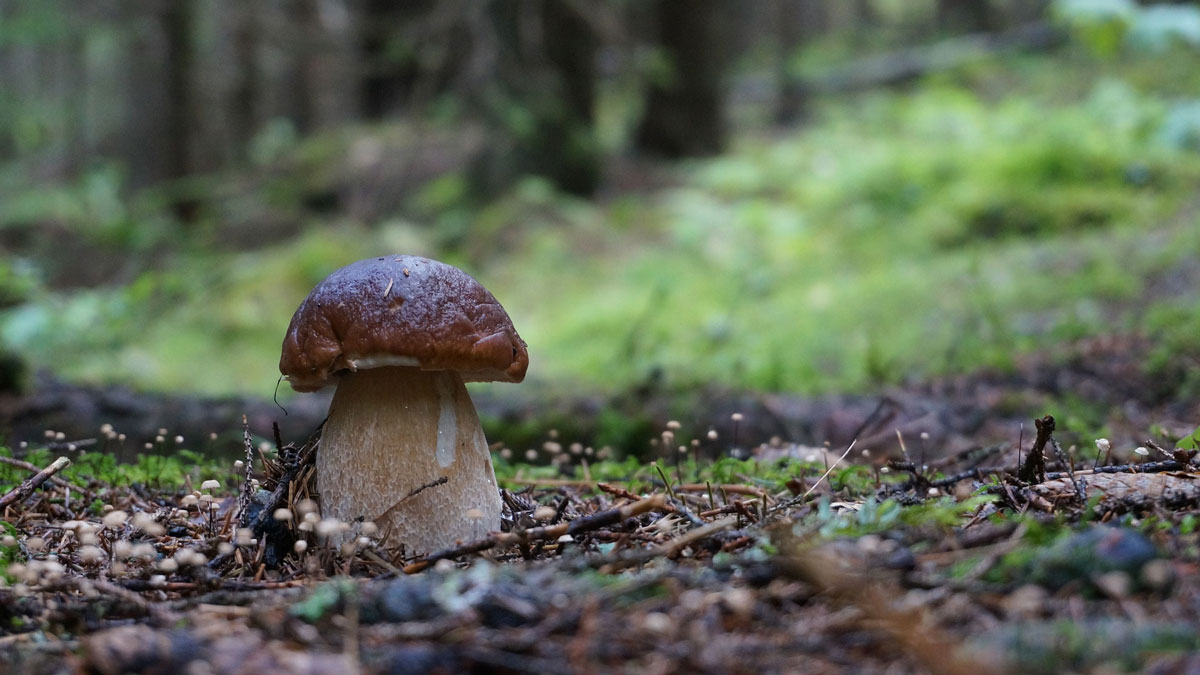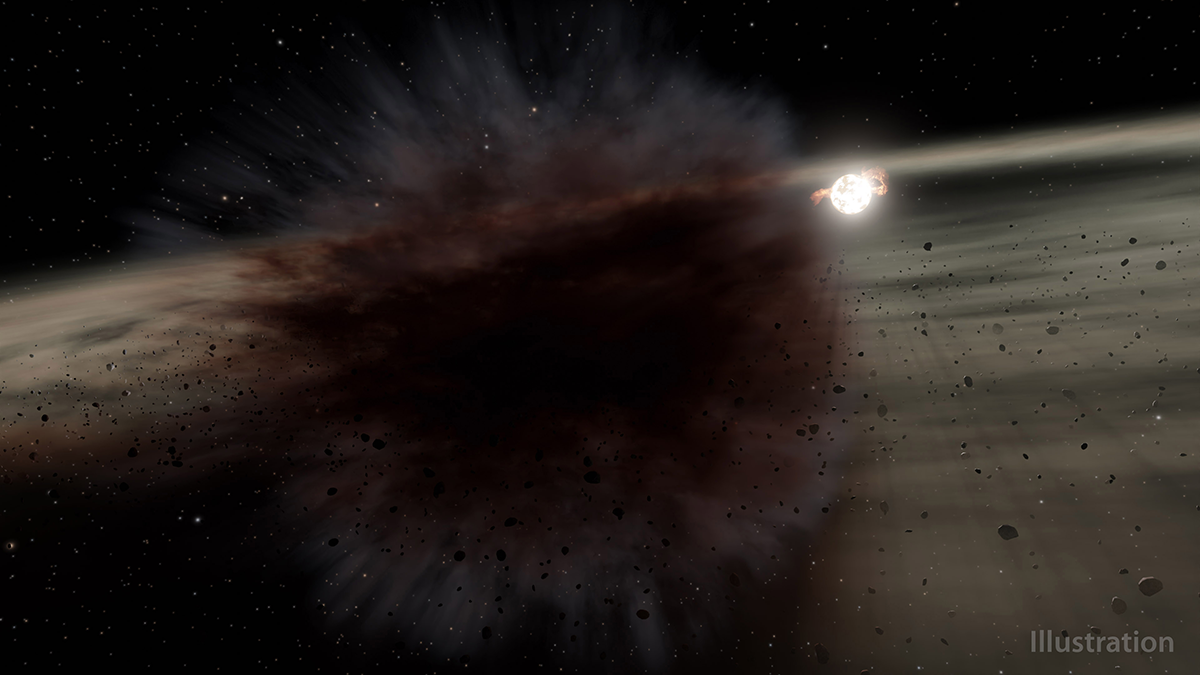A new center will bring together earthquake scientists to study the Cascadia Subduction Zone and clarify seismic hazards.
Caroline Hasler
Grand Canyon Heat May Become More Dangerous
Climate change may double the risk of heat-related illness at Grand Canyon National Park by the end of the century.
Soil Fungi May Be a Carbon Pool
New research suggests that mycorrhizal fungi take in 13 billion tons of carbon dioxide annually, playing a prominent role in Earth’s carbon cycle.
Stone Chemistry Records Pacific Migration
Scientists used the chemistry of stone artifacts to trace human migration in the Pacific, revealing evidence of long voyages and cultural exchange.
Molten Meteorites Didn’t Deliver Earth’s Water
A new study has ruled out large, once-molten meteorites called achondrites as sources of Earth’s water.
Ice Cores Record Long-Ago Seasons in Antarctica
Researchers used ice core data to reconstruct seasonal temperatures throughout the Holocene. The results link especially hot summers with patterns in Earth’s orbit.
Native Plants Are Hiding Up High, but Invaders Are Catching Up
Far from pristine outposts of nature, mountains across the world are being rapidly colonized by non-native plants that spread uphill along roads.
Meteor Impact Could Inform Martian Mysteries
The impact sent surface waves rippling over the Martian surface all the way to NASA’s InSight lander, giving scientists a rare view of the planet’s outer layer.
Reaching New Levels in Groundwater Monitoring
As regions around the world face record-breaking droughts, researchers are using seismology to track groundwater levels and show that sustainable policies reduce strain on aquifers.
Una explosión de radiocarbono del pasado
El fechamiento por radiocarbono es un pilar de la climatología y la arqueología. Sin embargo, esta metodología se encuentra amenazada por las emisiones de combustibles fósiles, que invalidan una señal útil proveniente de pruebas nucleares.










